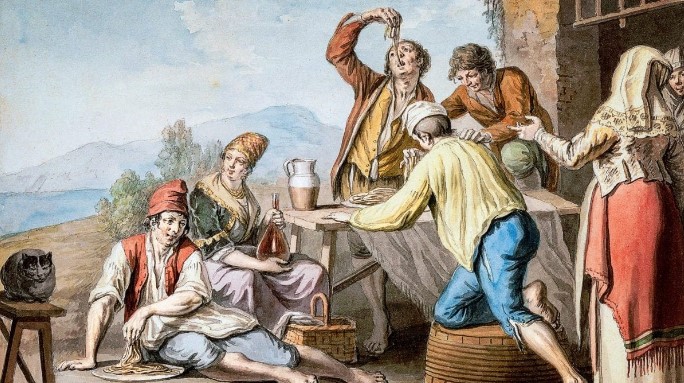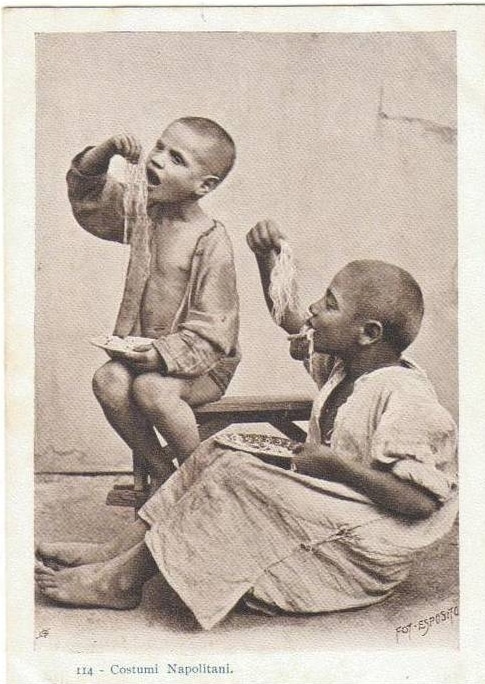Unveiling Untold Stories Around Pasta
Pasta, beloved by millions around the world, is synonymous with Italian cuisine. Its origins trace back centuries to Mediterranean civilizations where simple ingredients like flour and water were transformed into versatile noodles.
Today, pasta comes in countless shapes and sizes, gracing tables from Rome to New York City. Its popularity transcends borders, making it a staple in kitchens globally. Whether dressed in marinara sauce or tossed with olive oil and herbs, pasta continues to delight taste buds and connect people to a rich culinary tradition.
Who invented pasta?

It is said that the explorer Marco Polo brought pasta to Italy from China in the 13th century. This idea comes from Polo’s journals about a ‘pasta tree’, now believed to be a Sago palm. In Italian, ‘pasta’ can mean dough or paste, and the Sago palm’s starchy bread was likely what Polo referred to as ‘pasta’. While pasta existed in China before Polo’s travels, he didn’t introduce it to Italy.
Tracing the origins of pasta is a challenging task, unlike the debunked Marco Polo legend. While pasta was certainly part of Italian cuisine long before Polo’s journeys, its true beginnings remain elusive. Some historians believe the Etruscans, an ancient civilization in central Italy, may have been early pasta makers.

This theory is based on a relic found in an Etruscan tomb that appears to show pasta-making tools. However, it might have been used for making testaroli, a type of flatbread common in Tuscany and Liguria.
A more likely explanation is that Arab traders brought pasta to Sicily in the 8th and 9th centuries. These traders, traveling from North Africa, carried dried strands of durum wheat and water as sustenance for their long journeys.
How pasta was favored widely

Food historians believe that pasta became popular in Italy due to extensive Mediterranean trade during the Middle Ages. By the 13th century, mentions of pasta dishes such as macaroni, ravioli, gnocchi, and vermicelli started appearing more frequently across Italy.
In the 14th century, the writer Boccaccio included a delightful story in his book “The Decameron.” He described a fantastical scene where chefs rolled macaroni and ravioli down a mountain of Parmesan cheese to gluttons waiting below.

In the 14th and 15th centuries, dried pasta became popular for its easy storage. This made it a valuable food source on ships exploring the New World. By the time voyages of discovery expanded a century later, pasta had spread globally.

By the late 17th and 18th centuries, pasta had become the staple food of Naples. As meat and vegetable prices increased, bread and flour became cheaper. Consequently, pasta, commonly called macaroni, became a favored food.
Neapolitans earned the nickname ‘maccaronaro,’ meaning ‘macaroni-eaters,’ a term previously used for Sicilians. With durum wheat becoming more common in Italy, pasta became a favorite among the rich and poor alike.

Pasta became a crucial source of energy for the poorest in society when meat was scarce, typically eaten plain. In contrast, wealthy nobles would enhance their pasta with a variety of ingredients.
These economic and industrial factors contributed to pasta’s rise as the most popular street food in southern Italy.
Pasta in modern life

Before the 19th century, Italians didn’t like tomatoes, thinking their red color was Satanic and that they were poisonous. Introduced in 1548, tomatoes were ignored in favor of traditional vegetables.
However, once science proved tomatoes helped digestion, Italians began using them, leading to the iconic pairing of tomatoes and pasta. Today, tomatoes are essential in many Italian dishes.
In 2008, it was estimated that Italians consumed over 27 kg (60 lb) of pasta per person annually, far outpacing Americans who ate about 9 kg (20 lb) per person. Pasta holds such a special place in Italian culture that their individual consumption surpasses the country’s wheat production, leading to frequent wheat imports for pasta making.

Today, pasta is available everywhere, with many types stocked in supermarkets around the globe. To meet global demand, most pasta is mass-produced in factories, with only a small amount still made by hand.
According to Statista Market Forecast, the pasta market is projected to generate $141.80 billion in revenue in 2024. It is anticipated to grow annually by 6.56% from 2024 to 2029.

